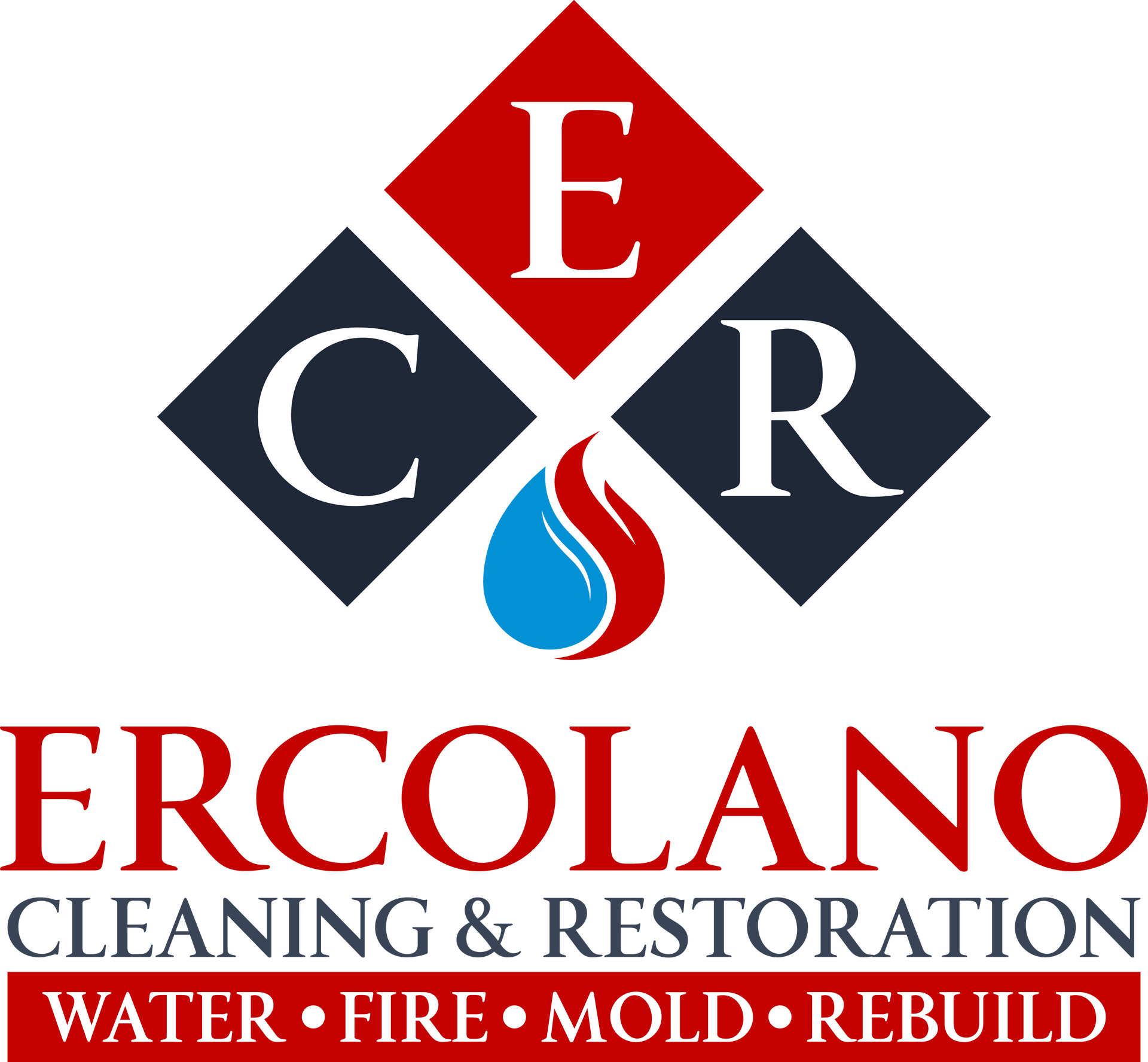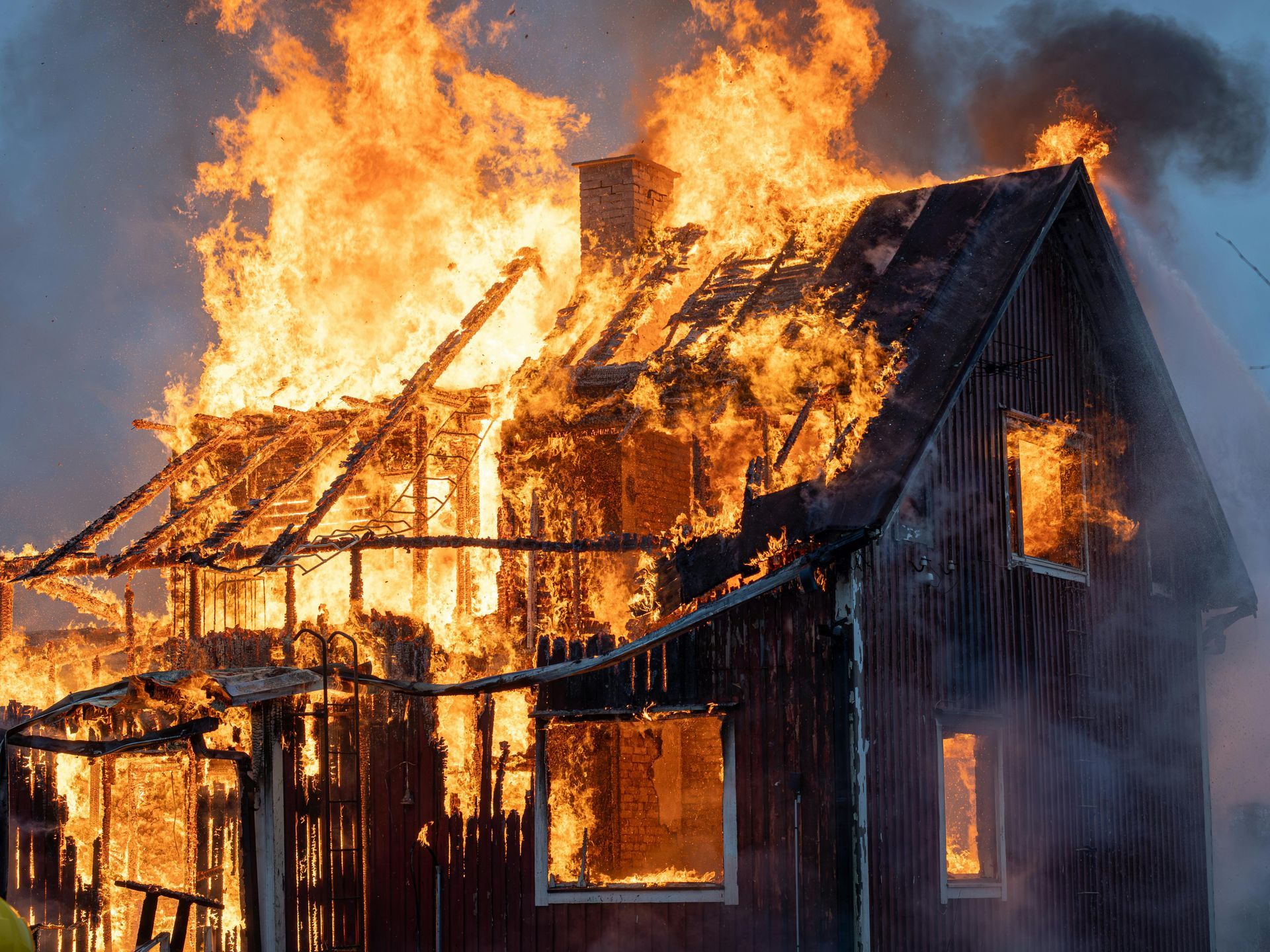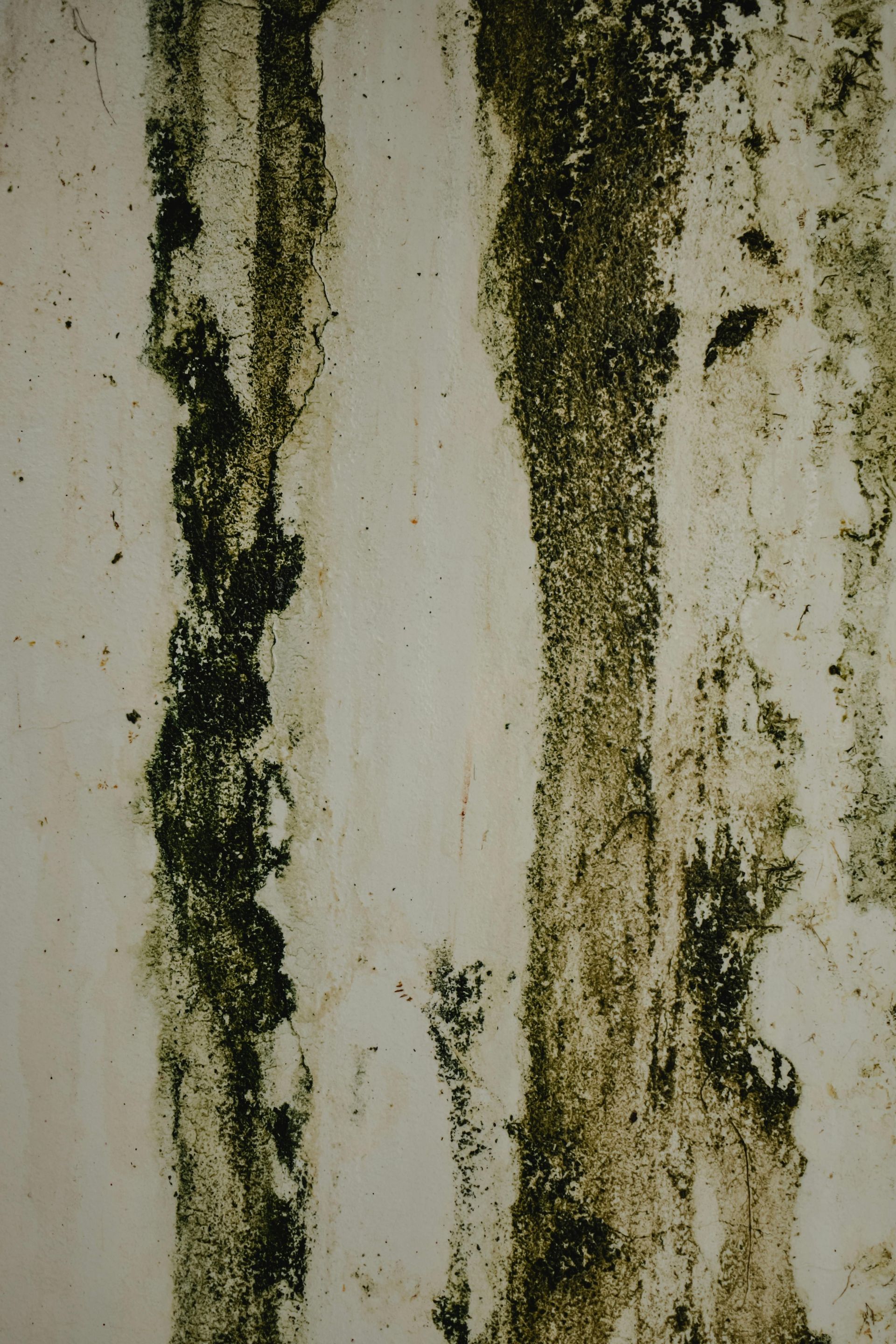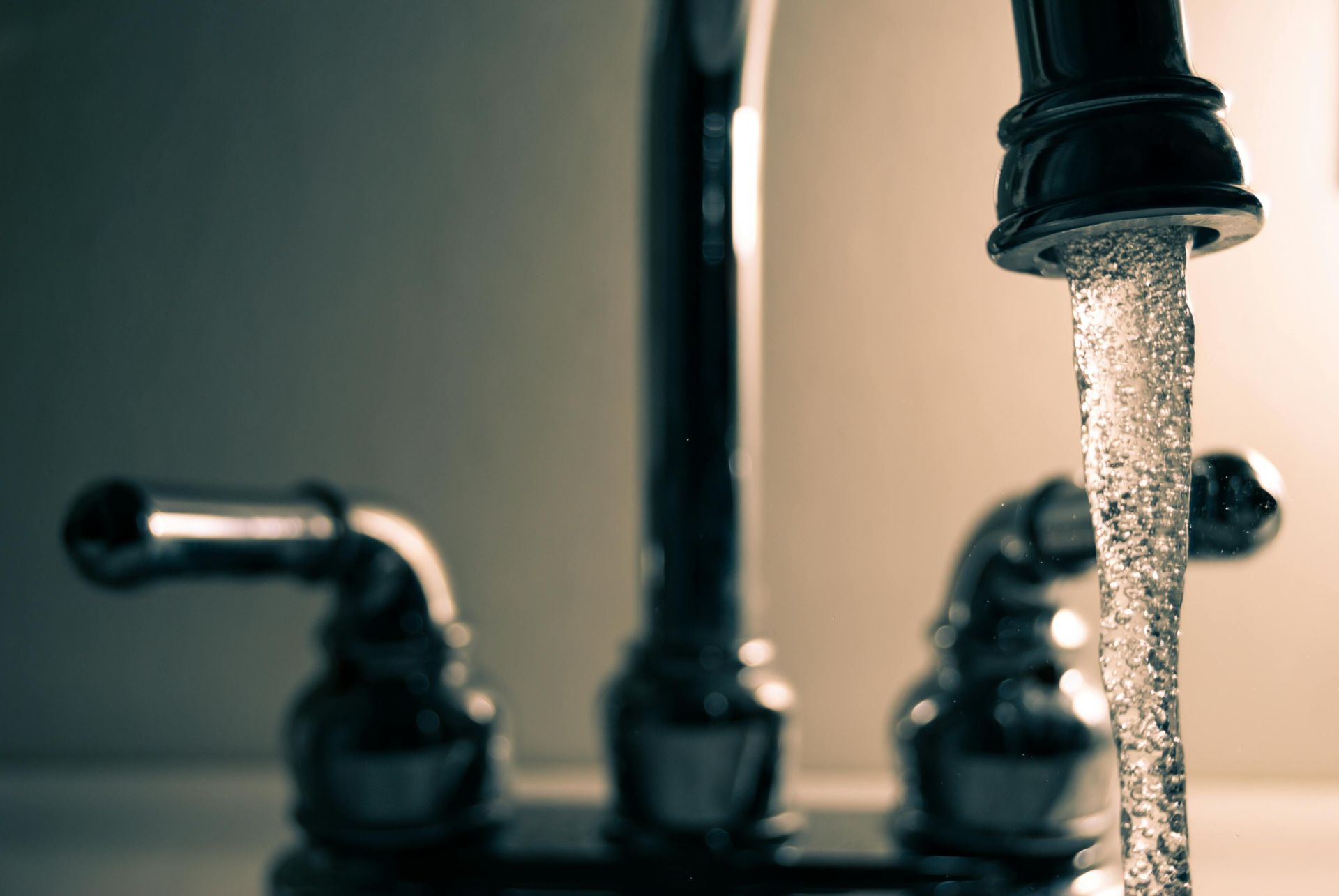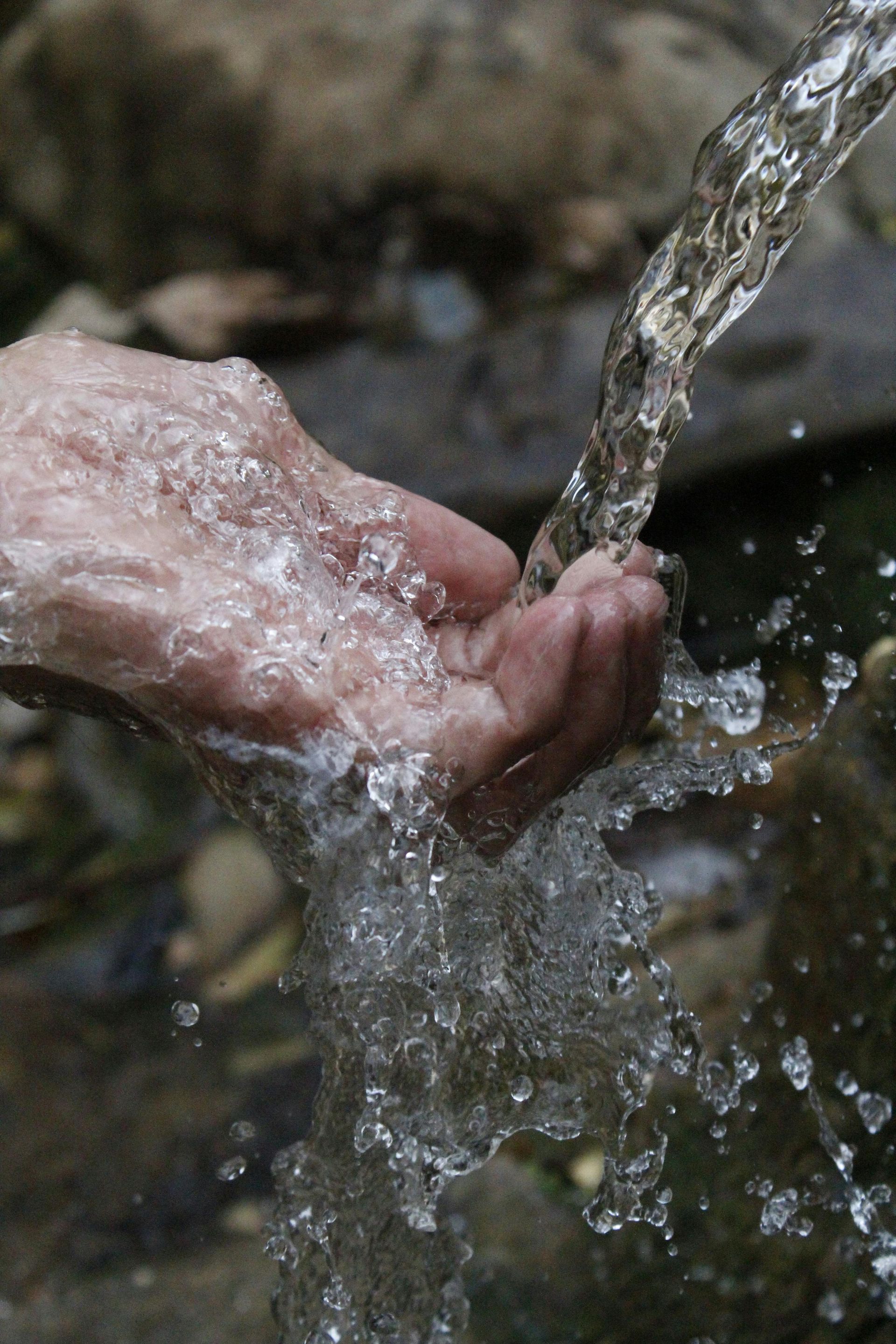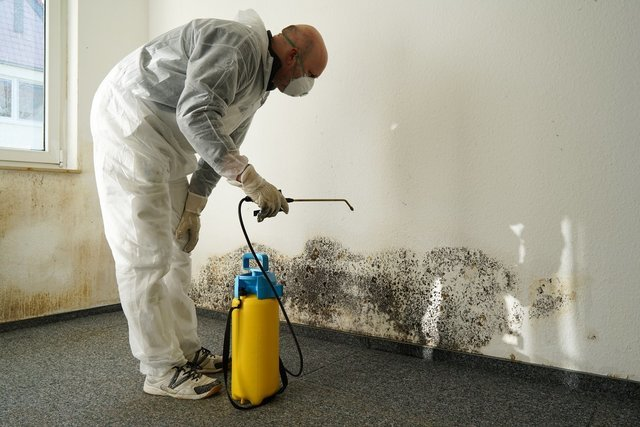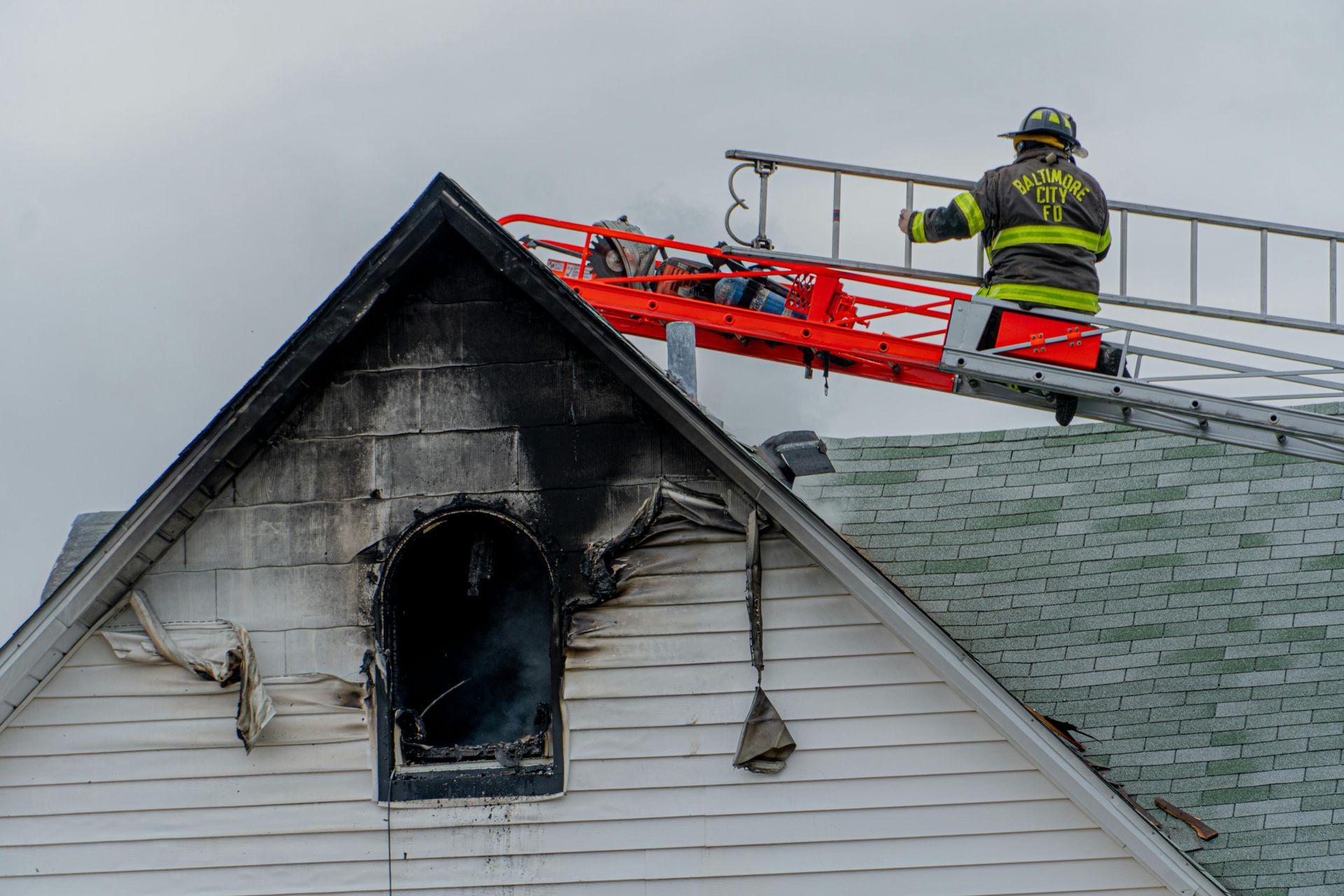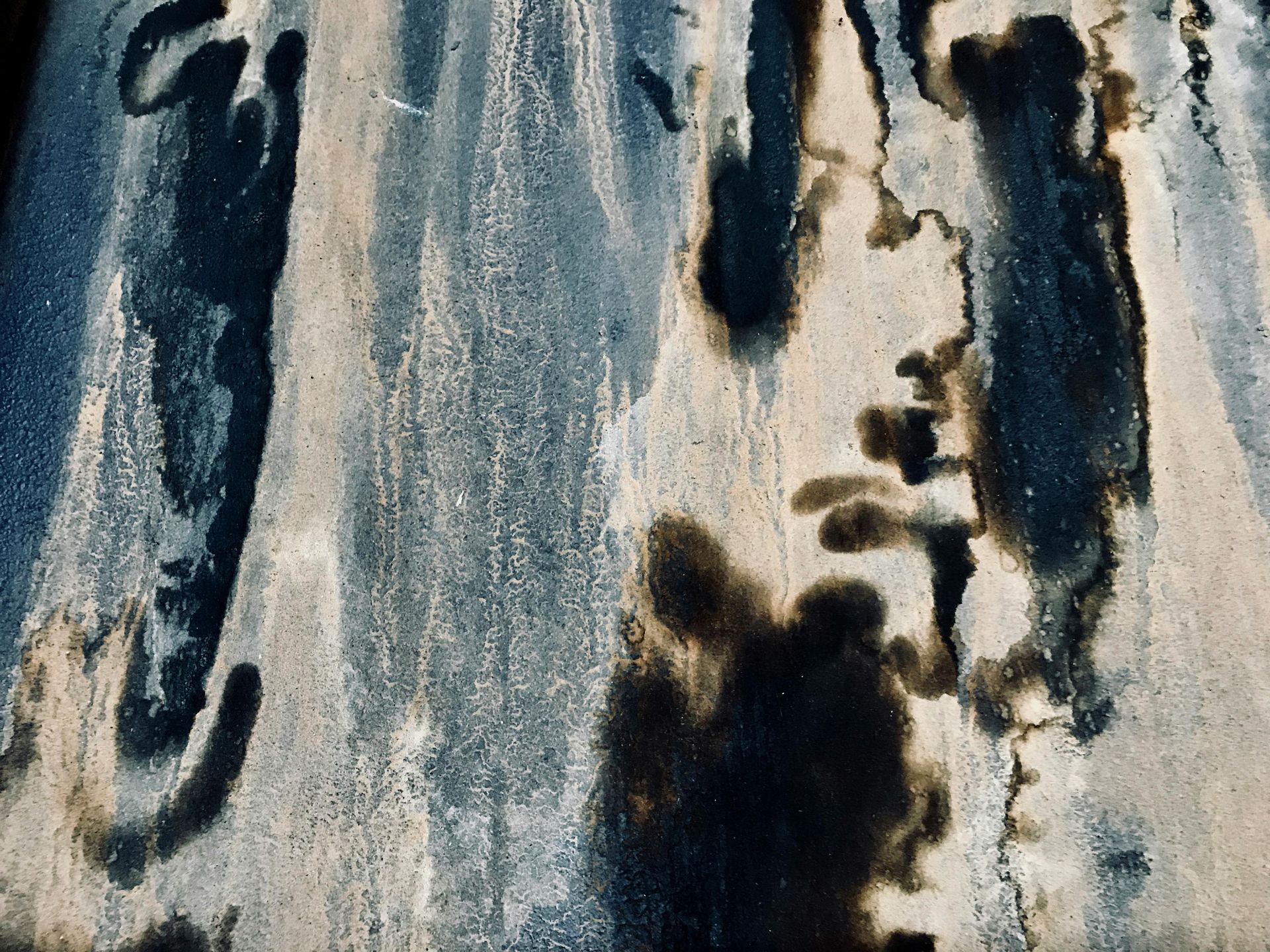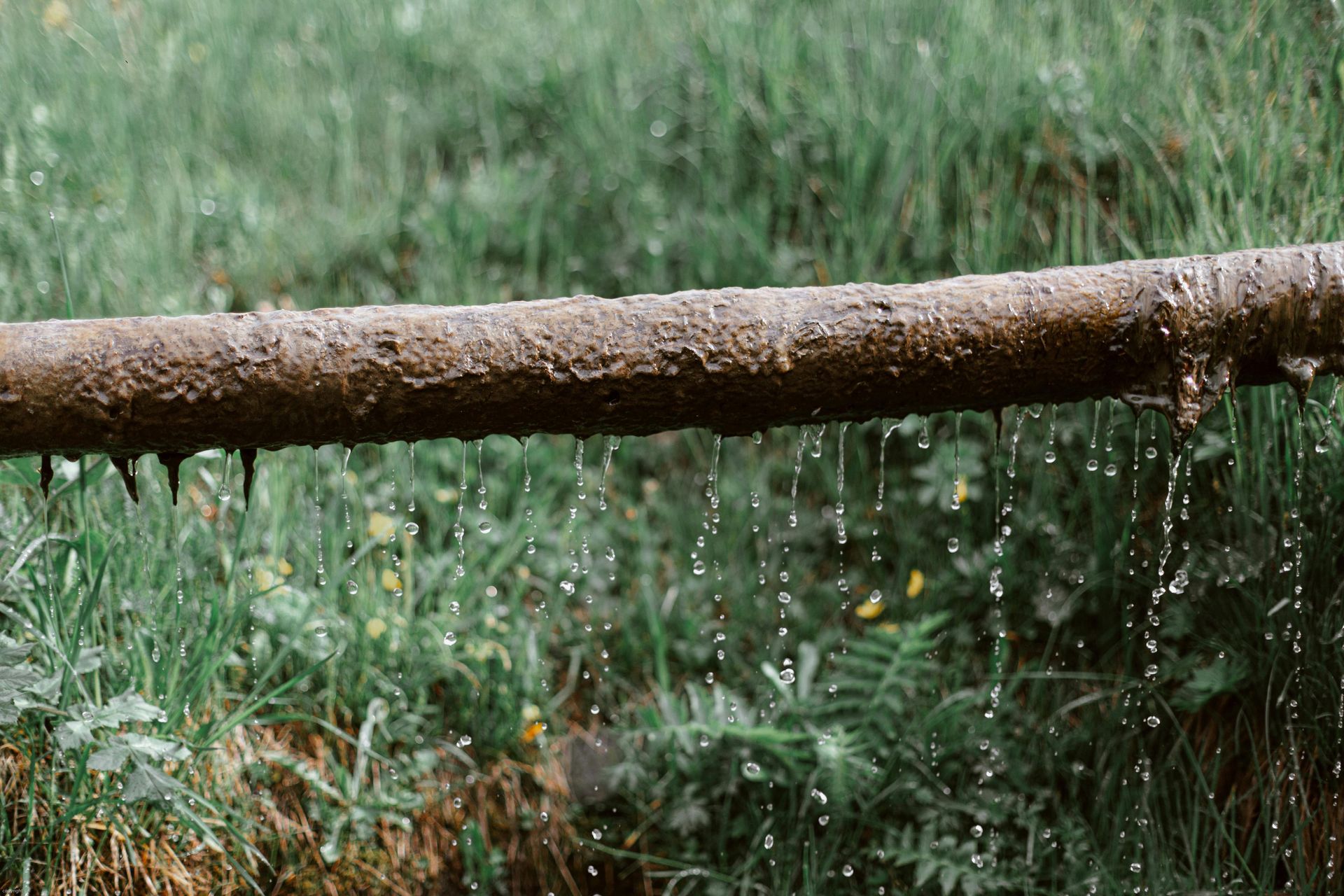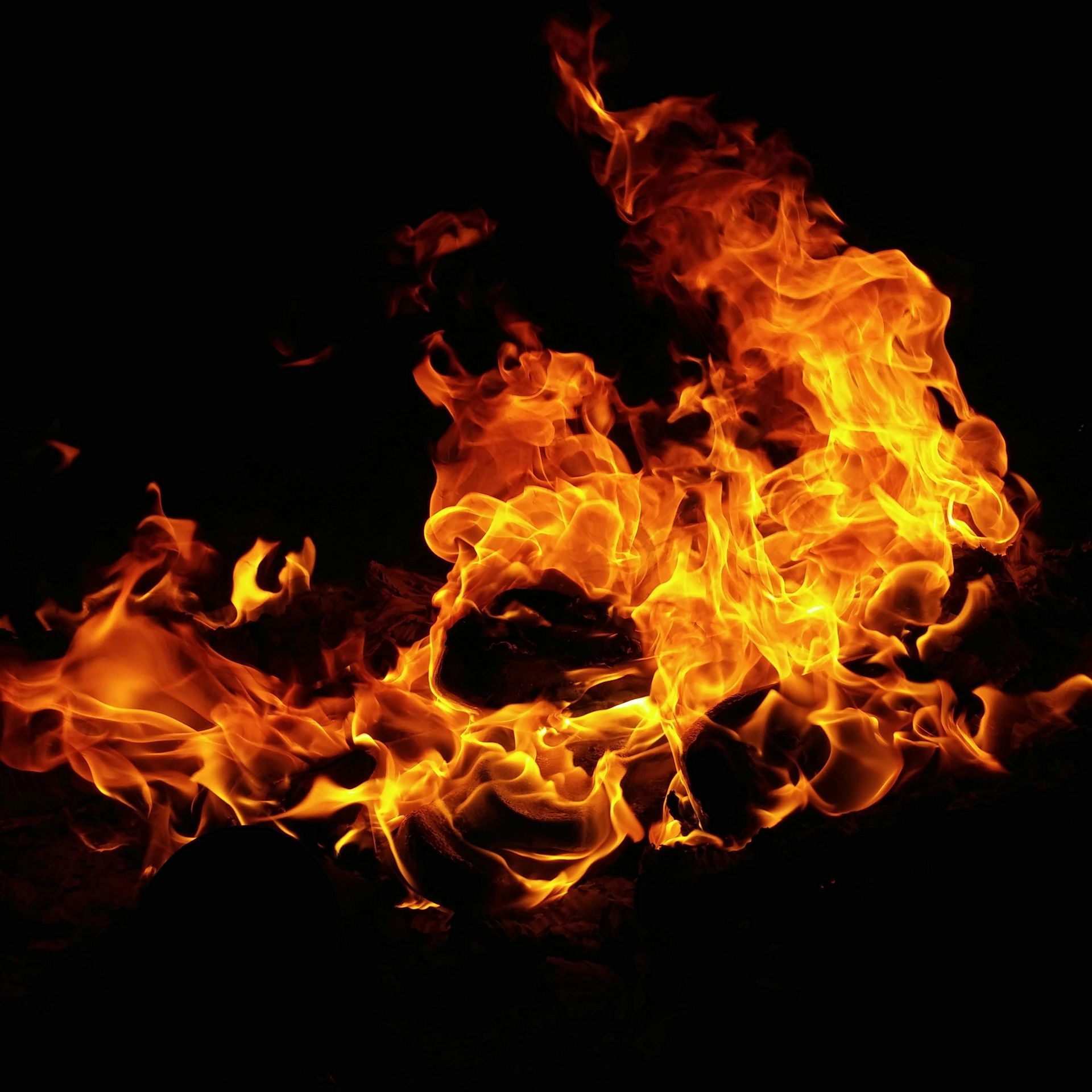The Dangers of Mold Growth in Your Home
Don't Ignore the Dangers of Mold in House: What You Need to Know
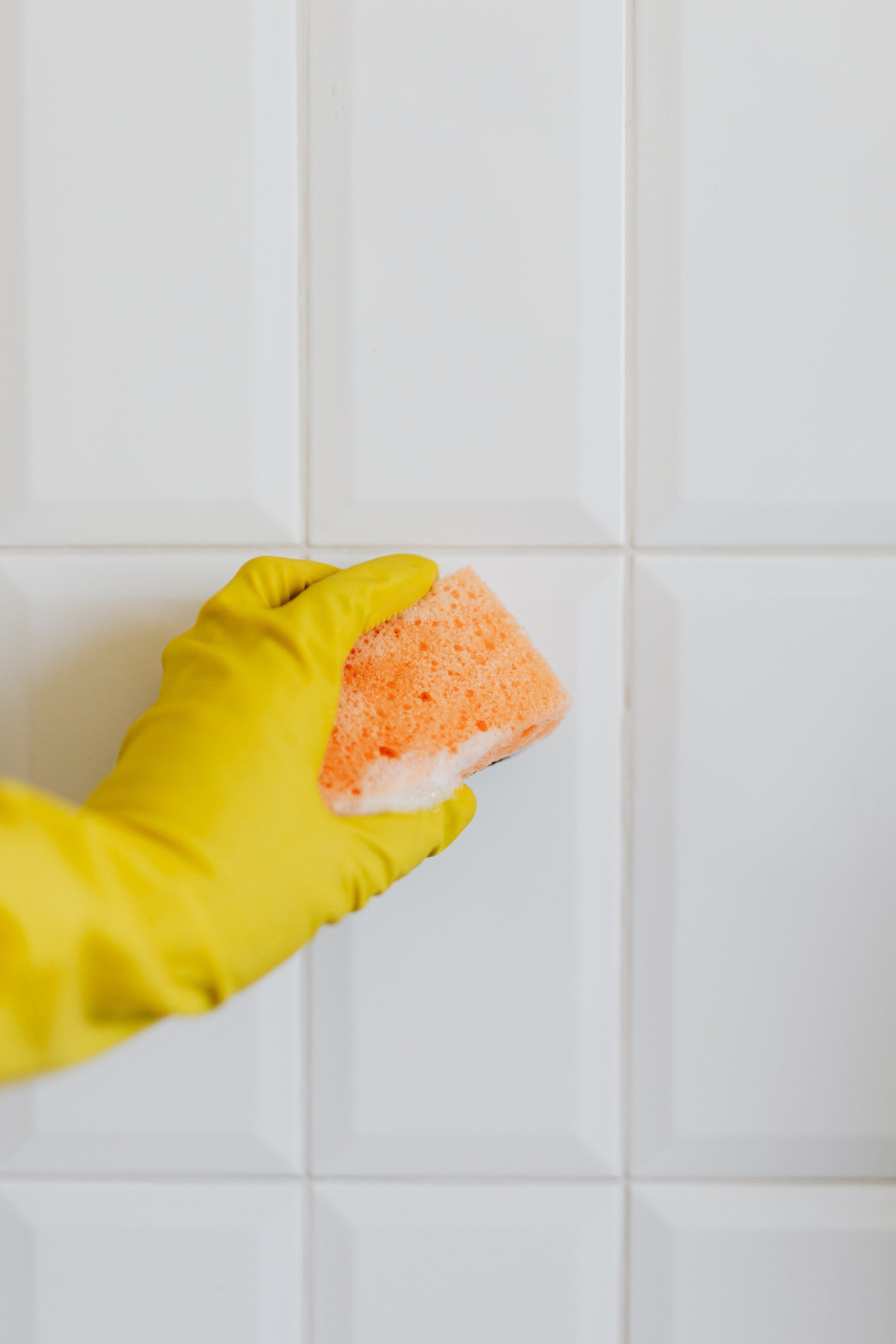
Mold is a type of fungus that can be found both indoors and outdoors. It thrives in damp, dark environments with organic materials for food sources, such as wood, paper, cardboard, insulation, and fabric. Common areas of mold growth in homes include basements, bathrooms, kitchens, laundry rooms, and other areas where moisture may be present.
In this article, we will discuss the potential dangers of mold in houses. We'll cover what mold is and where it commonly grows, the health risks associated with mold exposure, how to identify an infestation and steps for preventing or eliminating existing mold.
Health Risks
Mold is a type of fungus that can cause serious health risks for those exposed to it. According to the USA Centers for Disease Control and Prevention (CDC), mold exposure has been linked to an increased risk of respiratory illnesses, allergies, asthma attacks, and even neurological problems. In some cases, prolonged or extreme exposure could result in death from respiratory failure or other complications.
Different types of mold can trigger different responses in people. Common indoor molds, such as Cladosporium and Stachybotrys Chartarum (also known as "black mold"), have been linked to asthma development in children, as well as an increased risk of respiratory illness and other neurological issues in adults.
Let's check the possible dangers of mold:
Allergic Reactions
Mold allergies can cause a wide range of symptoms, ranging from mild to severe. Common signs of mold allergy include coughing, wheezing, shortness of breath, chest tightness, and fatigue. People with asthma or other pre-existing respiratory conditions may be particularly at risk for developing allergic bronchopulmonary aspergillosis (ABPA), a type of lung infection caused by mold. Some people may even experience anaphylaxis, a life-threatening reaction requiring immediate medical attention.
Respiratory Issues
Mold exposure can lead to a variety of respiratory issues, particularly asthma and other breathing problems. Inhaling mold spores can cause an inflammatory response in the lungs, leading to airway obstruction and difficulty breathing. This is especially true for those with existing respiratory conditions, such as allergies or asthma. People who have been exposed to large amounts of mold can also develop asthma-like symptoms, such as wheezing and difficulty breathing. Mold can also irritate the mucous membranes of the nose and throat, causing coughing, sneezing, and sore throats.
Headaches and Fatigue
Mold exposure can have a significant impact on energy levels and cognitive function. There is evidence that mold exposure can lead to headaches, fatigue, and difficulty concentrating. This is due to the presence of toxins in mold, which trigger inflammation in the body. When the body's immune system is overworked from fighting off these toxins, it can lead to a decrease in cognitive functioning and an increase in fatigue.
Irritation
Mold is known to cause nose and throat, and eye irritation. This irritation may be caused by an allergic reaction (hypersensitivity) or direct contact with mold spores. Symptoms of eye, nose, and throat irritation can include burning sensations, watery eyes, sneezing, coughing, and/or difficulty breathing. While most of these reactions are temporary and resolve on their own, long-term exposure to mold could lead to more serious health issues such as respiratory infections, asthma, or even lung damage.
Fungal Infections
Exposure to mold can be extremely dangerous, as it can lead to a variety of fungal infections. The most common type of infection resulting from mold exposure is allergic reactions or asthma-like symptoms, which are caused by the inhalation of harmful toxic molds. These allergies can range from mild irritation and rashes to more serious respiratory issues. Another type of infection that can occur is an opportunistic fungal infection, which happens when a person's weakened immune system allows mold spores to settle and multiply in the body.
Neurological Symptoms
Mold exposure can lead to neurological symptoms, including difficulty concentrating and memory loss. In some cases, these issues can be severe enough to interfere with a person's daily life. Mycotoxins produced by certain types of mold may be responsible for the neurological effects associated with mold exposure. Mycotoxins are toxic substances produced by fungi that can lead to a variety of health problems, including neurological issues.
Immunological Reactions
Mold exposure can have a significant impact on the immune system. Mold has been associated with various immunological reactions, such as increases in inflammatory molecules, allergic responses, and increased risk of infection. For people who are susceptible to mold-related illnesses, exposure to even low levels of mold can trigger immune overreaction or chronic inflammation. This can lead to a wide range of health issues, from respiratory problems to autoimmune disorders.
Toxicity From Mycotoxins
Mycotoxins are toxins produced by certain types of mold. Though these molds are rare, exposure to them can cause a serious risk of toxicity in humans and animals alike. The most common types of mold that produce mycotoxins include Aspergillus, Fusarium, Penicillium species, and Stachybotrys chartarum. Exposure to these molds can lead to a range of health issues, including respiratory irritation, skin and eye damage, headaches, gastrointestinal disturbances, fever, immune system suppression, and even cancer.
Sudden Infant Death Syndrome (SIDS)
Mold exposure is a rare but potentially serious risk factor for Sudden Infant Death Syndrome (SIDS). Mold can cause respiratory irritation and inflammation, which can lead to restrictions in the airways of infants. While it is true that mold spores exist in many indoor environments, elevated levels of mold can be especially dangerous for infants.
Structural Damage
Mold growth can have a devastating impact on the structural integrity of a home. Not only can it cause staining and other cosmetic damage, but it can also start to degrade the materials that make up the structure of your home. Long-term exposure to moisture and humidity facilitates mold growth.
Weakening of Building Materials
Mold growth can have a devastating effect on walls, floors, and ceilings. As mold spores feed off of organic material, they weaken the structural integrity of whatever surface they are growing on. If left unchecked, this can lead to crumbling in drywall and sagging in wooden beams. In extreme cases, if left unchecked for long enough, the structural integrity of a home or building can be compromised and eventually cause it to collapse.
Compromised Foundation
Mold spores feed on moisture and organic material, such as wood or drywall, which makes it very difficult to detect and address in time. Even when treated, mold can eventually spread beyond its original source and begin to corrode structural materials like concrete, leading to costly repairs and potential health risks. It is essential to address mold growth quickly before it can spread beyond its initial source and cause more serious damage.
Decreased Property Value
Mold growth in a property can drastically reduce its value, making it very difficult to sell. The presence of mold is often considered a major deterrent by potential buyers due to the health risks associated with it. In addition, mold damage can be expensive and time-consuming to repair, further impacting the marketability of the property.
Increased Risk of Collapse
Mold-related structural damage is a potential risk that can lead to a collapse in buildings. This problem is particularly concerning due to the fact that mold growth can significantly weaken and undermine the integrity of any structure over time, leading to catastrophic failure if left unchecked. It is, therefore, important to take measures to address mold growth as soon as possible to prevent such structural failure from occurring. Doing so can help to reduce the risk of collapse and ensure that buildings are safe and secure for all occupants.
Discoloration, Warping, or Deformation
Mold growth can cause significant discoloration, warping, or deformation of building materials. The most common effect is visible discoloration -- walls and ceilings might be stained with an off-color tint or fabrics like carpets and upholstery might become faded. In some cases, these effects can be very noticeable and have a significant impact on a home's appearance. In addition to discoloration, mold growth can cause warping or deformation of building materials.
Unpleasant Odors and Reduced Indoor Air Quality
Mold growth can cause an unpleasant odor and significantly impact indoor air quality. The presence of mold particles in the air has been linked to allergic reactions and respiratory illnesses. People living or working in affected spaces may experience asthma-like symptoms such as difficulty breathing, wheezing, coughing, and sneezing.
Increased Potential for Pest Infestations
Mold growth can often attract pests like insects, rodents, and other animals. These unwanted visitors can cause a lot of additional damage in an already mold-ridden space. Insects such as termites may feed on wood that is damaged by moisture or mold, while rodents may gnaw through wires and insulation. Rodents also carry their own set of bacteria, which in turn can spread mold spores to other parts of the building.
Increased Potential for Future Water Damage or Mold Growth
Mold growth is an indicator of underlying moisture issues in a home or building. Moisture can enter through various sources, such as leaky pipes, flooding, condensation, and more. If left unchecked, this moisture can lead to significant water damage and further mold growth over time. Not only does this result in expensive repairs for the homeowner, but it can also lead to health problems for those living in the building from exposure to mold spores.
Identification and Prevention
Mold is a problem that can cause significant damage to your home. It can also be hazardous to your health, so it's important to know how to identify the signs of mold growth and take steps to prevent it.
One of the most common signs of mold growth is a musty odor. If you notice an unpleasant, musty smell in your home that you can't seem to pinpoint the source of, it could be a sign of mold. You should also look out for visible growths on walls and other surfaces - commonly black or green in color, with a slimy texture.
It's important to keep moisture levels under control to help prevent mold from growing in your home. This means fixing leaks and other sources of water damage as soon as possible, especially in areas that are prone to dampness, such as bathrooms, kitchens, and basements. It's also important to make sure your home is properly ventilated.
Remediation and Removal
Mold remediation and removal is a process that should be handled by a professional. It can result in costly damages to your home or business if it is improperly done. That's why it's so important to work with an experienced mold remediation company.
The first step in the process is inspection. A qualified inspector will assess the extent of the mold damage and determine which areas need to be addressed. This is an important step because it allows the remediation company to understand what's required for successful mold removal.
The next step is containment. Containment involves sealing off any affected areas to prevent the spread of spores during the cleanup process. The remediation company will often use plastic sheeting, duct tape, or other materials to create a physical barrier.
The last step is the actual removal of affected materials. This can include anything from drywall, insulation, and carpets that are visibly damaged, as well as any air ducts and ventilation systems that may be contaminated. It's essential that all affected materials are properly disposed of to ensure you're not reintroducing mold spores into the air.
Working with a professional mold remediation company is essential for an effective and safe removal process. They should be experienced in dealing with all aspects of mold contamination, from inspection and containment to proper disposal procedures.
When choosing a mold remediation company, it's important to do your research. Make sure they have experience in the field and are certified and licensed where necessary. Ask for references from past clients and read online reviews to get an idea of their reputation. Be sure to also ask about pricing so you can budget accordingly.
Fight the Mold in Your Home With Ercolano Cleaning & Restoration
Mold growth in your home can cause serious damage and health problems. It is important to take steps to prevent and remediate mold before it becomes a larger issue. Ercolano Cleaning & Restoration provides professional services to help prevent and remove any trace of mold in your home. We are experienced professionals that have the knowledge and equipment needed to keep your home safe. We use the latest techniques and products to ensure a comprehensive mold removal service.
By taking proactive steps, you can help prevent mold from growing in your home. Ercolano Cleaning & Restoration can provide you with the services needed to keep your home free of mold growth. Contact us today to learn more!
